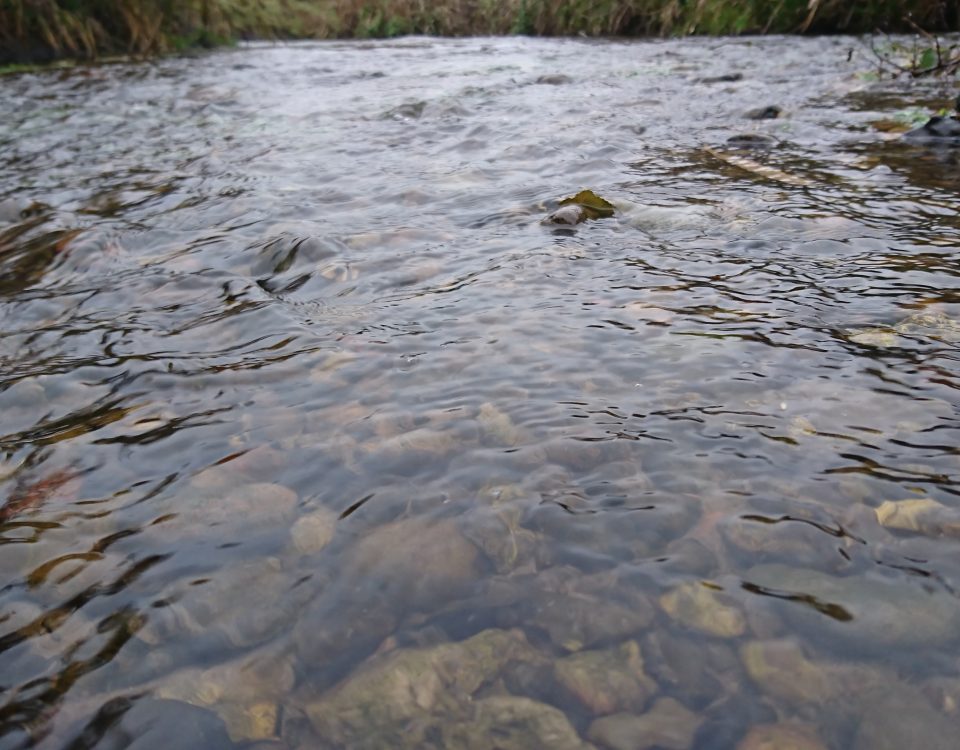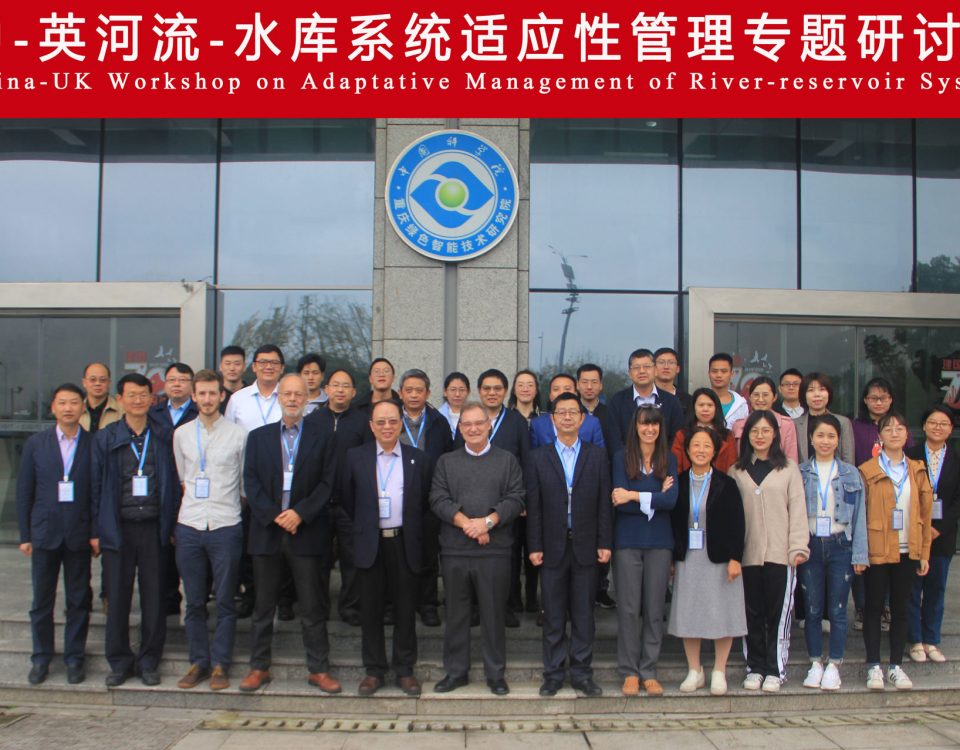
Weir removal in River Trend, Denmark
October 24, 2018
“AMBERssadors”
October 24, 2018What does society think about dams?
The University of Oviedo is uncovering the social attitudes towards dams and reservoirs
We cannot conceive our current European society without the supply of drinking water and electricity provision in homes, workplaces and industries. To achieve this, it has been necessary to modify, disrupt and even destroy large natural areas across the continent. The construction of dams for water reservoirs, hydraulic jumps, channels and other infrastructures for the use of water is primarily responsible for the fragmentation of European rivers. If we assign a monetary value, a price, to ecosystem services, we might see that the ecological cost caused by habitat fragmentation is higher than the economic cost of their design, construction and maintenance. This is something that most of society ignores. Disruption and destruction of aquatic and terrestrial ecosystems, introduction of invasive species, fragmentation of aquatic populations and alteration of the migratory cycles of several fish families, are just some of the most obvious negative effects associated with river barriers. To seriously consider the reconnection of rivers, we should start properly interpreting the social attitudes of European citizens towards dams and reservoirs.
To do this, The University of Oviedo has conducted a survey on the social attitudes of European citizens towards dams and reservoirs. Have a look at the interactive map of the European cities, towns and villages, where the Questionnaire of Social Attitudes Towards Dams and Reservoirs was done from March 2017 to June 2018:
The goal of this study is to collect data from population sectors directly influenced by the presence or new construction of dams and reservoirs, as well as from the population who lives far from dammed areas.
The degree to which citizens believe these infrastructures are (or are not) beneficial to their activities and environment (agriculture and livestock; industrial and historical heritage; flora and fauna; tourism and economy...) is important. It is also important to know to what extent is the European population willing to contribute economically, perhaps through taxes, to mitigate the impact of river barriers on rivers. In this survey we aim as well to know how European society sees the possible socio-ecological effects of dams and reservoirs.
There are many variables that can be involved in a coherent and ambitious analysis (language, culture, historical background, political framework or socio-economic context). More specific variables may be added related to the intrinsic characteristics of the population of each country, such as sex, age, the academic training level, the geographical context where they live and work, or the direct/indirect relationship citizens may have with dams and reservoirs (inhabiting nearby, using them for fishing, belonging to a family expulsed from the natal village due to a reservoir construction and many, many other possible circumstances). Collecting these data from all over Europe, together with an inventory of the barriers and reservoirs and their features, will undoubtedly be a very important contribution to discuss with rigor and arguments about adaptive management of water masses and the connectivity of rivers.
Want more? Results and conclusions will come soon...

Written By
Eduardo Dopico
Dept. Education Sciences
University of Oviedo (Asturias-Spain) E-mail: dopicoeduardo@uniovi.es




